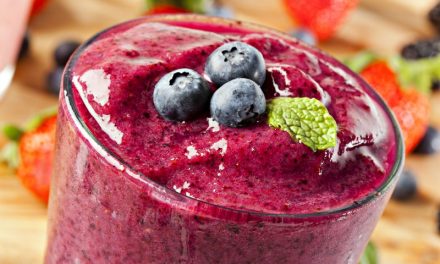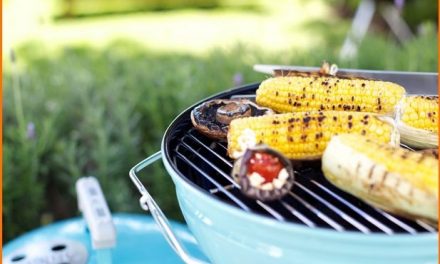 There may be times when you need a substitution for shortening in a recipe. The reasons may be for health, principles or just the lack of shortening on hand.
There may be times when you need a substitution for shortening in a recipe. The reasons may be for health, principles or just the lack of shortening on hand.
Shortening is a solid fat that is derived either from plant or animal sources. The shortening derived from animals comes from lard. The one derived from plants undergoes a process known as hydrogenation that changes the chemical composition and allows a normally liquid oil to remain a solid. Shortening is used for many purposes in cooking.
In baking, shortening is used with pastries, pie crusts and biscuits to make them flaky. It is also used in frying or deep-frying as a liquid. For many recipes, it is perfectly fine to substitute oil for shortening or, inversely, to melt shortening and substitute it for oil.
What you substitute shortening with usually depends on what you need it for. Here are a few substitutions for shortening and when they are and aren’t appropriate.
Butter or margarine, cooking oil, lard, olive oil, cooking spray, applesauce and prune puree can be used as substitutions for shortening.
Butter or Margarine
Both butter and margarine can substitute for shortening in a pinch. When using butter or margarine as a substitute for shortening, use less salt in your recipe. Do not use whipped butters, margarines, or blends in baking.
Butter and margarine brown more quickly than shortening does. Bake items at a higher temperature for a shorter period of time when using these substitutions.
Cooking Oil
Cooking oil is used when a recipe calls for shortening to be melted.
Because shortening is a solid fat, when it is beaten into batter, air is added to the mixture. The result is a lighter cake-like structure for baked goods. If oil is substituted, the texture will be denser and not as airy. Recipes using shortening tend to create a tender, light crumb. Cookies can often take either, making them a good choice for experimenting.
When using cooking oil as a substitution for shortening, you should use 1 cup of oil for every 1 cup of shortening needed. It is not appropriate to use oil unless shortening is to be used in a melted form, such as for frying.
Lard
Many shortenings are based on lard, so this makes a good substitution for shortening. When substituting with lard, bakers must be sure to use 2 tablespoons less than a cup for every cup needed. Lard as a substitute may alter the flavor of your finished product. Try a smaller version of your recipe first to make sure you get a taste you enjoy.
Olive Oil
Olive oil is generally the best oil to substitute for shortening, as it is healthier than most.
Generally, olive oil can be used in recipes that call for melted solid shortening. Olive oil is itself a liquid form of shortening. For home use, olive oil can be used in place of semi-solid shortening for recipes that are baked and have other ingredients with strong flavors to drown out olive oil’s strong, distinctive flavor. The strong, distinctive flavor does diminish when heated. Baked goods such as certain pie crusts and cookies must be made exclusively with solid and semi-solid shortening, such as butter or lard, to create the desired texture. Olive oil cannot substitute for semi-solid shortening in recipes which need to remain solid at room temperature, such as cake frosting. For cooking, olive oil can easily be substituted for solid and semi-solid shortening, such as butter, margarine and lard when frying or sautéing. However, you need to take into consideration its distinct flavor.
Cooking Spray
If your shortening is just used to grease your pan during frying, you can substitute it with cooking spray. For any other use of shortening, cooking spray is not appropriate.
Applesauce or Prune Puree
When shortening is used in a baking recipe, you can substitute 1 cup of shortening with ½ cup of applesauce or prune puree. However, this is not an appropriate substitution in any other use of shortening.




